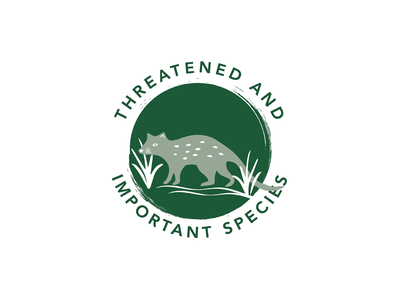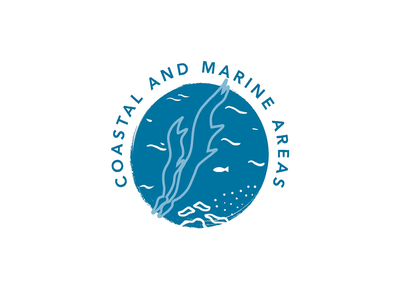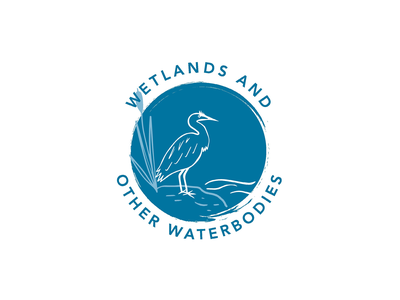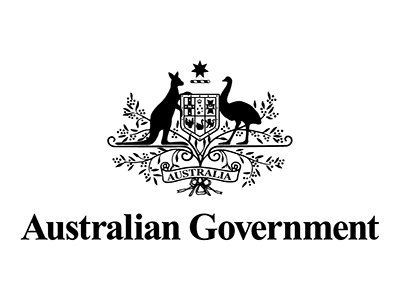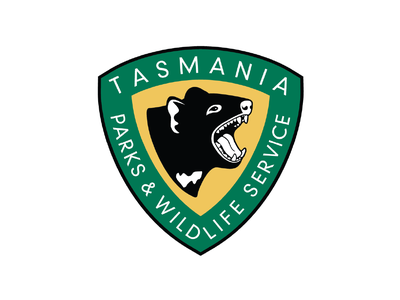Protecting the ‘hood: habitat conservation and beach-user awareness in north-eastern Tasmania
Building on NRM North’s previous 5-year Hooded Plover Project, this project aims to work with land managers and community volunteers to address key threats to the breeding success of eastern hooded plover on Tasmania’s north east coast and Flinders Island. Priority conservation activities to reduce identified threats include reducing habitat-altering weeds, human disturbance, and cat predation.
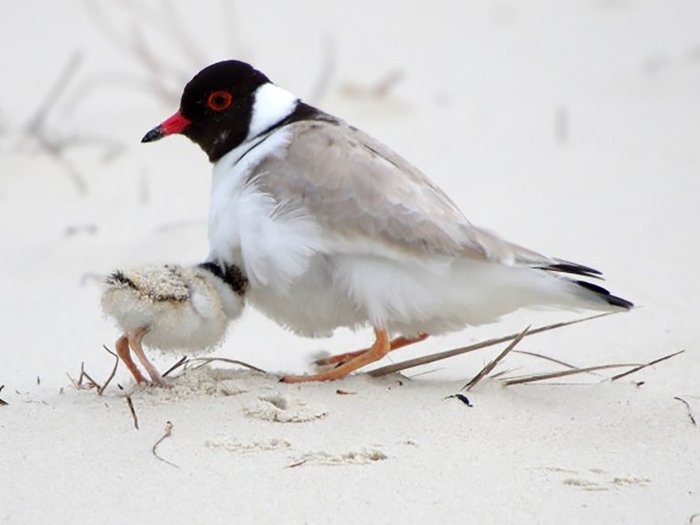
Adult hooded plover with chick.
Background
Background
Tasmania is a stronghold for more than 60 per cent of the remaining eastern hooded plover population. The small, beach-nesting birds are listed as vulnerable under the Environmental Protection and Biodiversity Conservation Act 1999 (EPBC Act), and approximately 25 per cent of the global population of eastern hooded plovers reside on the picturesque coastlines of north eastern Tasmania and the Furneaux Group of islands.
NRM North’s previous 5-year Hooded Plover Project (2019-2023) aimed to safeguard nesting sites by installing temporary protective fencing around nest sites, increasing community awareness about the species and managing coastal weeds in known breeding areas. The project also helped collect data on hooded plover breeding population size and distribution in north east Tasmania to support the planning of future on-ground actions, by contributing to the Birdlife Australia Hooded Plover Biennial Count.
Actions to reduce threats to hooded plover will also provide benefits to other listed shorebird and seabird species with similar ranges such as the little tern, greater sand plover, lesser sand plover and white fronted tern.
Project Plan
Project Plan
By June 2026:
- Management of invasive beach weeds such as Sea Spurge (Euphorbia paralias) along 35 km of Tasmania’s north east coast will improve nesting habitat suitability for hooded plover.
- Strategic control of feral and stray cats near known hooded plover breeding sites will reduce threats to successful breeding.
- Coordinated education campaigns will improve community awareness, resulting in a reduction in beach-use behaviour that threatens nesting success.
- Beach signage and access management will be installed or updated in identified priority locations on Flinders Island and the east coast of Tasmania.
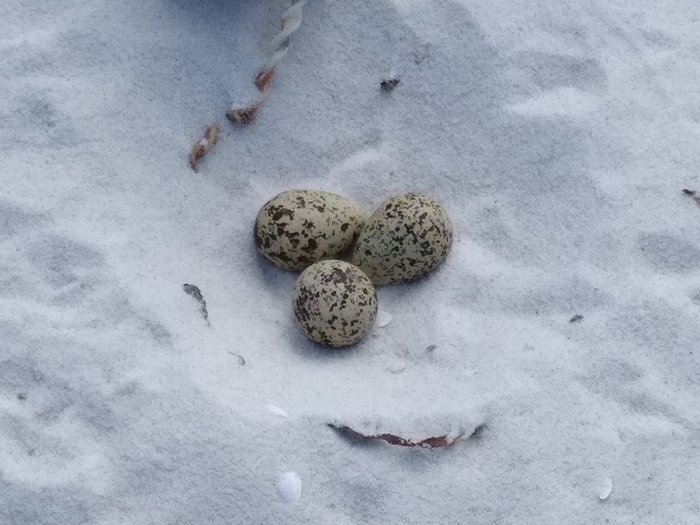
Hooded plover eggs in a nest - a small scrape in the sand.
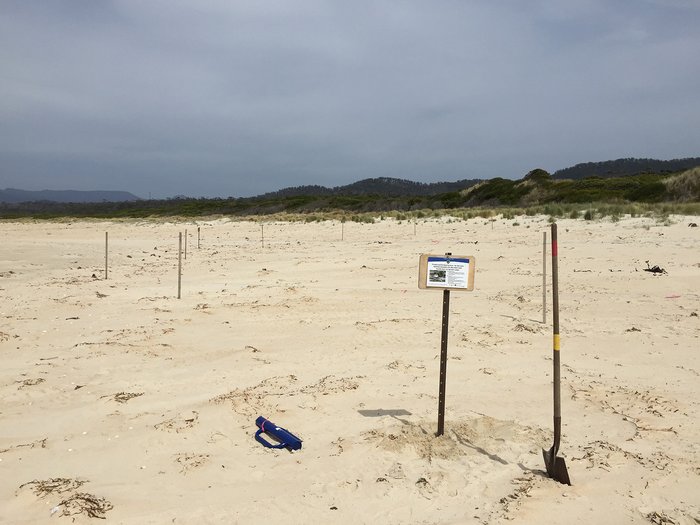
Temporary fencing is installed on beaches to protect nests during breeding season.
A collaborative approach
A collaborative approach
This project builds on and develops existing partnerships between government agencies and local community groups who work together to achieve the Project’s shared desired outcomes. NRM North is closely partnering with Tasmania Parks and Wildlife Service, who is land manager for many project areas, as well as a key delivery partner for on-ground activities, including education through the Discovery Ranger program.
To further support the project actions, Tasmania Parks and Wildlife Service will compliment funded on-ground actions by increasing their presence on local beaches during key breeding periods to address non-compliant beach use behaviour.
The project will also collaborate with the North-east Bioregional Network, Birdlife Australia and Wildcare Friends of the Larapuna Coast.
Get involved
There are plenty of ways that you can help to protect hooded plover populations in Tasmania. Remember to walk, run and relax on the harder sand below the high-tide mark, keep dogs on-lead to prevent them from disturbing nests, and keep vehicles off the beach.
Partners
This project is funded by the Australian Government's Saving Native Species Program and delivered by NRM North.
Partners
This project is funded by the Australian Government under Saving Native Species and delivered by NRM North as member of the Commonwealth Regional Delivery Partners panel.
